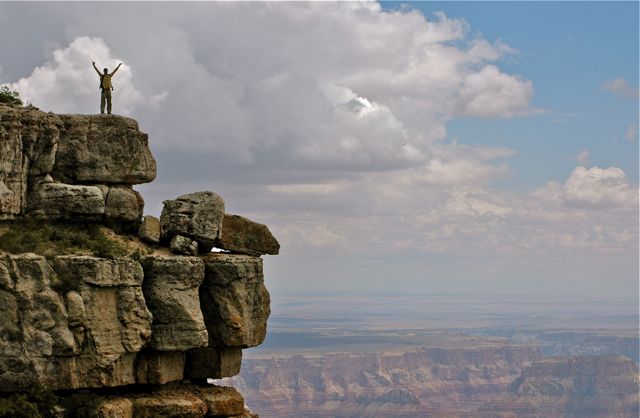 From coast to coast, the U.S. National Park System will grow in 2015 with the addition of several new sites and the expansion of others. The newest additions to were authorized this month as part of a public lands rider to the defense spending bill.
From coast to coast, the U.S. National Park System will grow in 2015 with the addition of several new sites and the expansion of others. The newest additions to were authorized this month as part of a public lands rider to the defense spending bill.
“This expansion of the national park system helps builds momentum as we prepare for the centennial of the National Park Service in 2016,” said. National Park Service director Jonathan Jarvis. “This will enable us to tell more of our nation’s richly diverse stories and give people opportunities to find their park.”
The new sites include the Tule Springs Fossil Beds National Monument near Las Vegas, Nevada, aimed at protecting significant Pleistocene paleontological, scientific, educational and recreational resources. The monument will be created with the transfer of 22,650 acres of land from the Bureau of Land Management to the National Park Service.
In New Mexico, Valles Caldera National Preserve, an historic ranch with vast natural and cultural resources that lies within a volcanic caldera in the Jemez Mountains of New Mexico, is being transferred from the Valles Caldera Trust to the National Park Service. Grazing, hunting and fishing, trapping and other traditional uses will continue at the ranch. The legislation also provides protections for Native American archeological and sacred sites, dissolves the Valles Caldera Trust, provides special hiring authorities for current Trust employees, and governs the transition of assets and liabilities to the National Park Service.
The spending bill also authorized the U.S. Mint to strike commemorative coins honoring the 2016 National Park Service Centennial. designated two new wild and scenic rivers and authorizes the study of about a dozen potential new parks and new wild and scenic rivers.
New national park sites:
- Blackstone River Valley National Historical Park will be comprised of specific historic sites and resources within the John H. Chaffee Blackstone River Valley National Heritage Corridor which stretches from Pawtucket, Rhode Island, to Worcester, Massachusetts. The park will protect and interpret resources associated with the development of textile mills and other industries in the valley.
- Pershing Park near the White House is re-designated as the World War I Memorial in honor of veterans throughout the nation who served in that war. The District of Columbia World War I Memorial on the National Mall will continue to be dedicated to District residents who served in World War I.
- Coltsville National Historical Park in Hartford, Connecticut, is authorized to be established after the Secretary of the Interior acquires sufficient lands for a manageable park, including space in the renovated East Armory building. The park will protect and interpret resources associated with the historic Colt arms manufacturing facilities and community.
- Harriet Tubman National Historical Park is authorized to be established after the Secretary of the Interior acquires sufficient lands for a manageable park. The park will protect and interpret resources associated with the life and work of Harriet Tubman in Auburn, New York, where she lived in her later years after her Underground Railroad work. The park will be a companion to the Harriet Tubman Underground Railroad National Historical Park on the Eastern Shore of Maryland.
- Manhattan Project National Historical Park is authorized to be established after the National Park Service and the Department of Energy enter into an agreement. The park will protect and interpret resources associated with the development of the atomic bomb during World War II. The park will have three locations: Hanford, Washington, Los Alamos, New Mexico, and Oak Ridge, Tennessee. It will be administered in partnership with the Department of Energy which will continue to own most facilities.
Filed in Summit County News